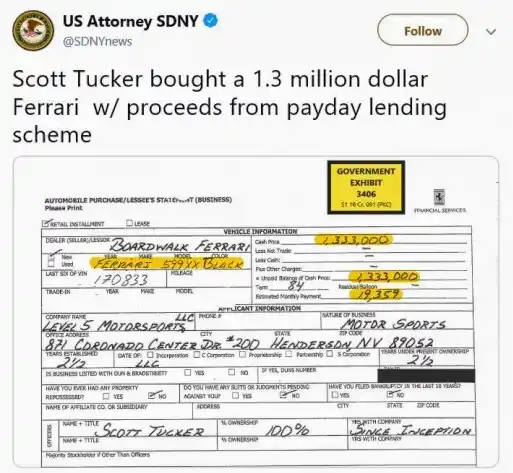Crime of Forgery and Illegal use in the U.S. Criminal Law
Summary of the text Éléments of the Crime of Forgery and Illegal use in the U.S. Criminal Law

Research and Authorship,
Dr.Mohammad Shakibi Nejad
Senoir of the Faculty of Judicial Sciences📋✒️
Documents that are frequent objects of forgery include legal contracts, historical papers, art objects, diplomas, licenses, legal certificates, prescriptions, bills of lading or shipping orders, and identification cards,.the crime of forgery is broadly defined as the act of forging or falsifying another person’s handwriting or expressing any untrue statement with prejudice or malice with the purpose or intent to defraud another person. Forgery is often viewed as a white-collar crime because it is a non-violent act done with deception for financial gain. Forgery is a property crime which may encompass the alteration of many different kinds of documents. However you view the issue of forgery, it is a significant crime that is investigated seriously by the police and prosecuted vigorously in the courts.
8 U.S.Code § 1324c - Penalties for document fraud📌
Image
The Forgery is specifically defined as the intent to injure, defraud, falsely make, alter, forge or counterfeit the following things:
Public Record
Certificate
Charter
Deed
Will
Testament
Bond
Bill
Promissory Note
Identification documents like drivers licenses or passports
Checks
Drug prescriptions
Stock certificates
Contracts
Patents
Military documents
Historical documents
Works of art and certificates of authentication
The property crime of forgery is a concurrent felony crime that is codified in M.G.L. c 267 § 1. It can be prosecuted in either the district or superior court.
the Common Law USA must prove the following elements beyond a reasonable doubt:
That the defendant falsified, altered or counterfeited one or more significant parts of the document in question;
That the defendant did so with the intent to injure or to defraud someone.
There are three ways in which forgery can be committed. The first is to counterfeit or even produce what looks to be a genuine legal document, but is in fact a phony document. The second way is to falsely fill in one or more important parts of a genuine document, for example, by forging someone else’s signature on a check or a bill of sale. And the third and last way, is closely related to the second, and that is altering in a significant way one or more parts of a genuine document that has already been made out, for example, changing the amount on a check.
Achievement of the subject🖋️📋📍
Some potential defenses to forgery include:
Lack of Intent: The defendant in a forgery case must have intended to defraud, deceive, or trick the victim with the forged document. Intent is a key element to proving forgery, so without it the defendant cannot be found guilty.
Lack of Capacity or Knowledge: The defendant must have known that the document was forged to be guilty of forgery. Knowledge is key to proving the defendant had the required intent. If they did not know, or did not have the mental capacity to know, they have a defense.
Coercion: If the defendant was forced to commit the forgery because they or someone they loved was threatened, they have a defense.
Consent: a defendant has the defense of consent if they forged the document with the consent or cooperation of the alleged victim.
Most defenses to forgery address the required element of the intent to defraud or deceive. Proving that the defendant did not have specific intent is a complete defense because it means the defendant did not have the required mental state to commit the crime.